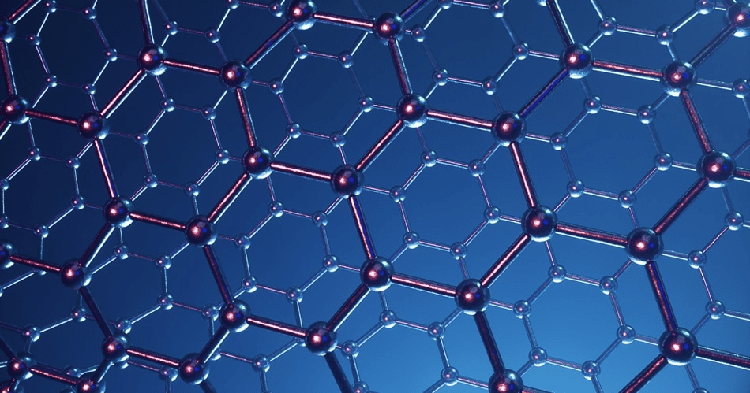Jul 9 2019
Scientists at the University of Tsukuba have developed a new method of using nanoporous and porous graphene foams to harvest energy and organic molecules from algae.
 University of Tsukuba researchers developed a new, highly efficient system for removing water from algae biomass with reusable nanostructured graphene, which can greatly increase the yield of ecofriendly biofuels, pharmaceuticals, and fertilizers. (Image credit: Rost9/Shutterstock)
University of Tsukuba researchers developed a new, highly efficient system for removing water from algae biomass with reusable nanostructured graphene, which can greatly increase the yield of ecofriendly biofuels, pharmaceuticals, and fertilizers. (Image credit: Rost9/Shutterstock)
The researchers developed a reusable system with the potential to remove water at high rate in the absence of squeezing or centrifugation. This study is promising to produce cleaner, more efficient, and more inexpensive vitamins, biofuels, and chemicals.
In the combat against global climate change, algae biomass has gained interest in the field of research since they are photosynthetic microorganisms that can transform the sun’s light energy into energy-rich biomolecules.
Upon growing and harvesting algae on an industrial scale, these molecules could be transformed into a broad range of significant compounds, such as medicines, biofuel, omega-3 dietary supplements, and various other valuable bio-products.
Algae can also absorb carbon dioxide as they grow, indicating that switching from conventional fossil fuels to biofuels hopefully reduces the net greenhouse gas emissions. Micro-algae cultures, however, chiefly consist of water at low solid content (0.05–1.0 wt%), and generally, a number of dehydration steps are required in the solid-liquid separation techniques to harvest the organic molecule.
Currently, researchers at the University of Tsukuba have presented a new technique for eliminating water from algae biomass without damaging the delicate compounds to be harvested.
This method, which is different from the previous methods that depend on squeezing or mechanical centrifugation, involves using reusable, nanostructured support materials and solar irradiation. The production of hierarchically structured nanoporous graphene and porous graphene foams develops very small channels for water to be pulled upward from deep within the sample.
This newly developed material keeps the biomass from getting overheated while capturing more solar energy to remove the water.
We needed a material that absorbs light, has a low specific heat and thermal conductivity, but is still hydrophilic and porous, with a large surface area.
Yoshikazu Ito, Professor and Study First Author, University of Tsukuba
He added, “Fortunately, nitrogen-doped nanostructured graphene possesses all of these qualities.”
The more energy efficient we can make the dehydration process, the more we can preserve the environmental benefits of using biomass in the first place.
Dr Andreas Isdepsky, Study Senior Author, University of Tsukuba